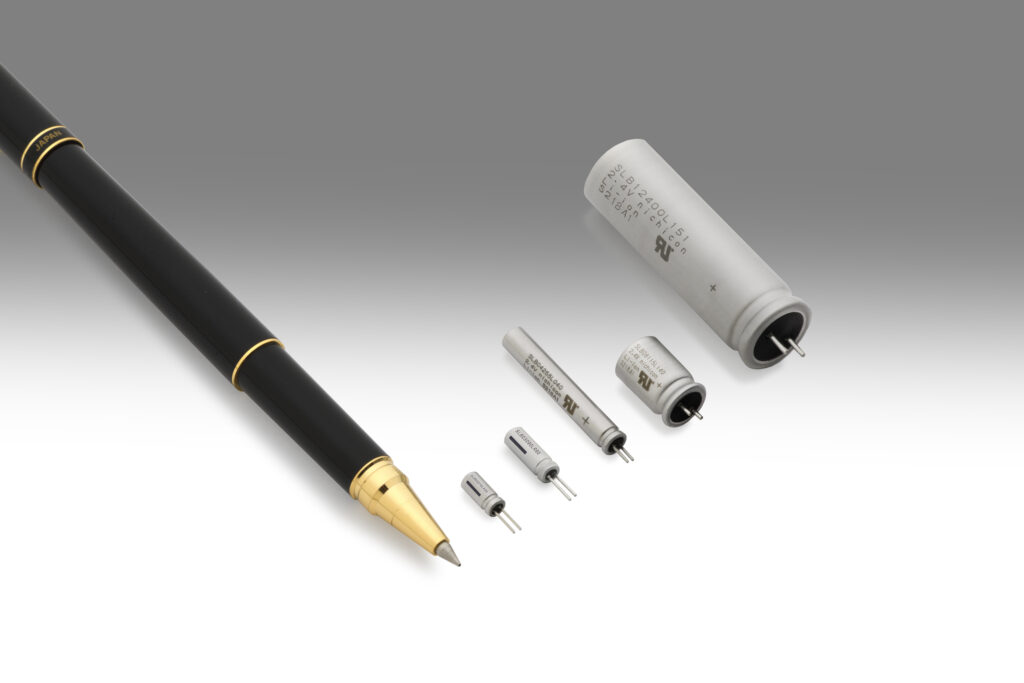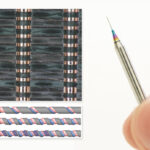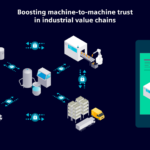ASIA ELECTRONICS INDUSTRYYOUR WINDOW TO SMART MANUFACTURING
New Module Powers Edge Devices for IoT
Nichicon Corporation and RICOH Electronic Devices Co., Ltd. have developed a module for edge devices and access points of internet of things (IoT) system. It achieves maintenance-free system wirelessly. The companies have begun to receive orders for a circuit board module mounted with a lithium ion rechargeable battery, power supply IC, and other components necessary for IoT systems.

Power Storage Device
The new device stores power generated by solar cells or microwave feeding in small lithium ion rechargeable batteries. The process uses Nichicon’s small lithium ion rechargeable battery and RICOH Electronic Devices’ power supply IC. Using the stored power as driving power supply for edge terminals and access points of the IoT system makes both the IoT terminal and access point wireless and maintenance-free. In particular, it enables wireless connection of access points mainly to electric power lines.

Edge Device, Access Points
The edge device incorporates temperature, humidity, illuminance, atmospheric pressure, lithium ion battery voltage value, acceleration and gas sensors. It includes Nichicon’s φ8×11.5Lmm small lithium ion battery with capacity of 14mAh. RICOH Electronic Devices’ R1801 power supply IC for energy harvesting is also included. The edge device also include RP605 DC/DC converter for IoT devices and low-power R2221 real time clock.
The access points are equipped with Nichicon’s φ12.5×40Lmm small lithium ion rechargeable battery with 150mAh, and RICOH Electronic Devices’ ICR1801, RP605, and R2221.
Application Fields
The device/module enables energy harvesting and charging with microwaves. Thus, it can be used immediately without the need for wiring whether indoors or outdoors. It can collect data of the objects’ movements to which a sensor is installed, as well as various environmental data.
The device can be used in various scenarios. Among which include environment detection, such as temperature, humidity and illumination of offices to temperature and humidity control of plants and warehouses; temperature control of food processing companies, and food manufacturers, refrigerators, and freezers; as well as in stores, disaster sites, construction sites, and exhibitions.




